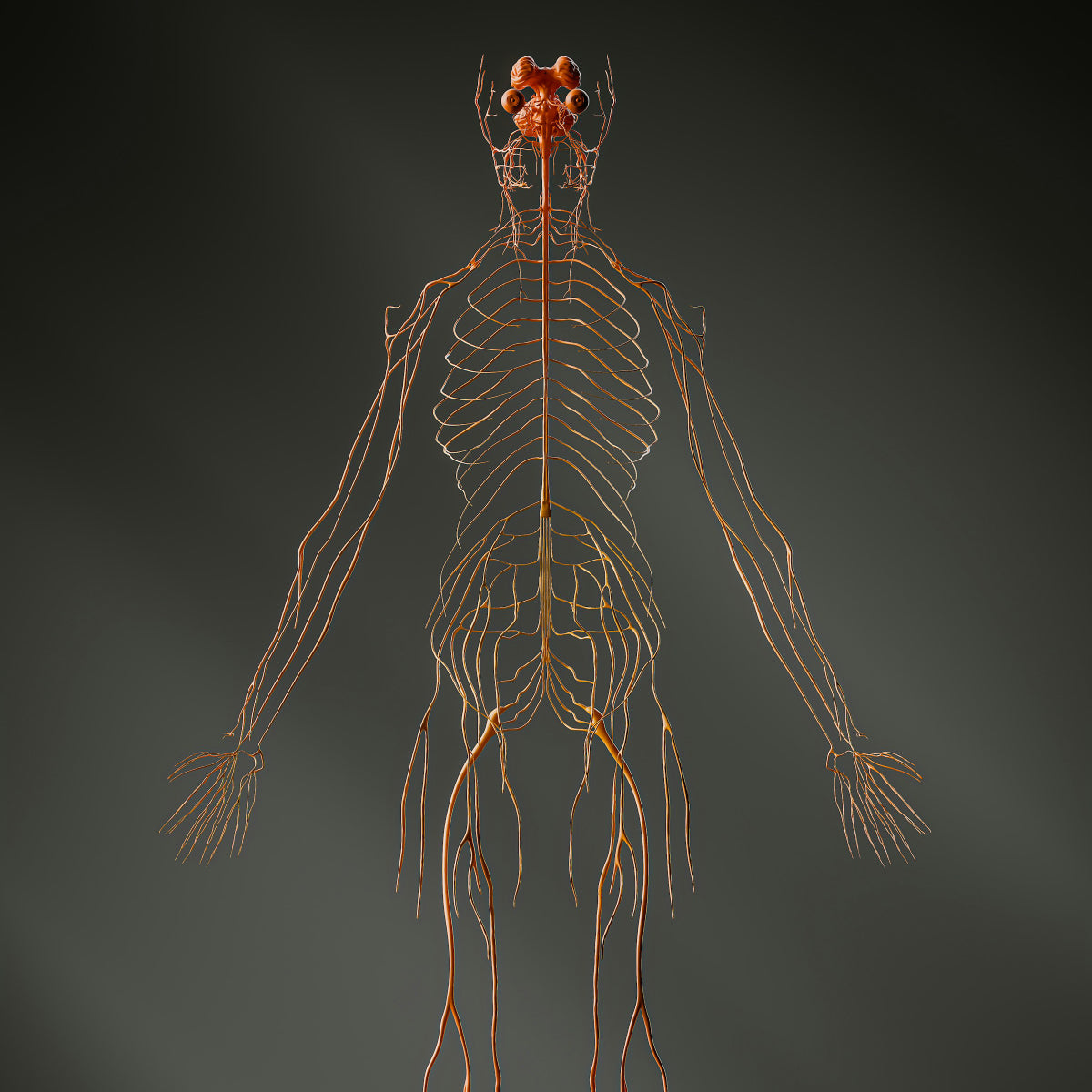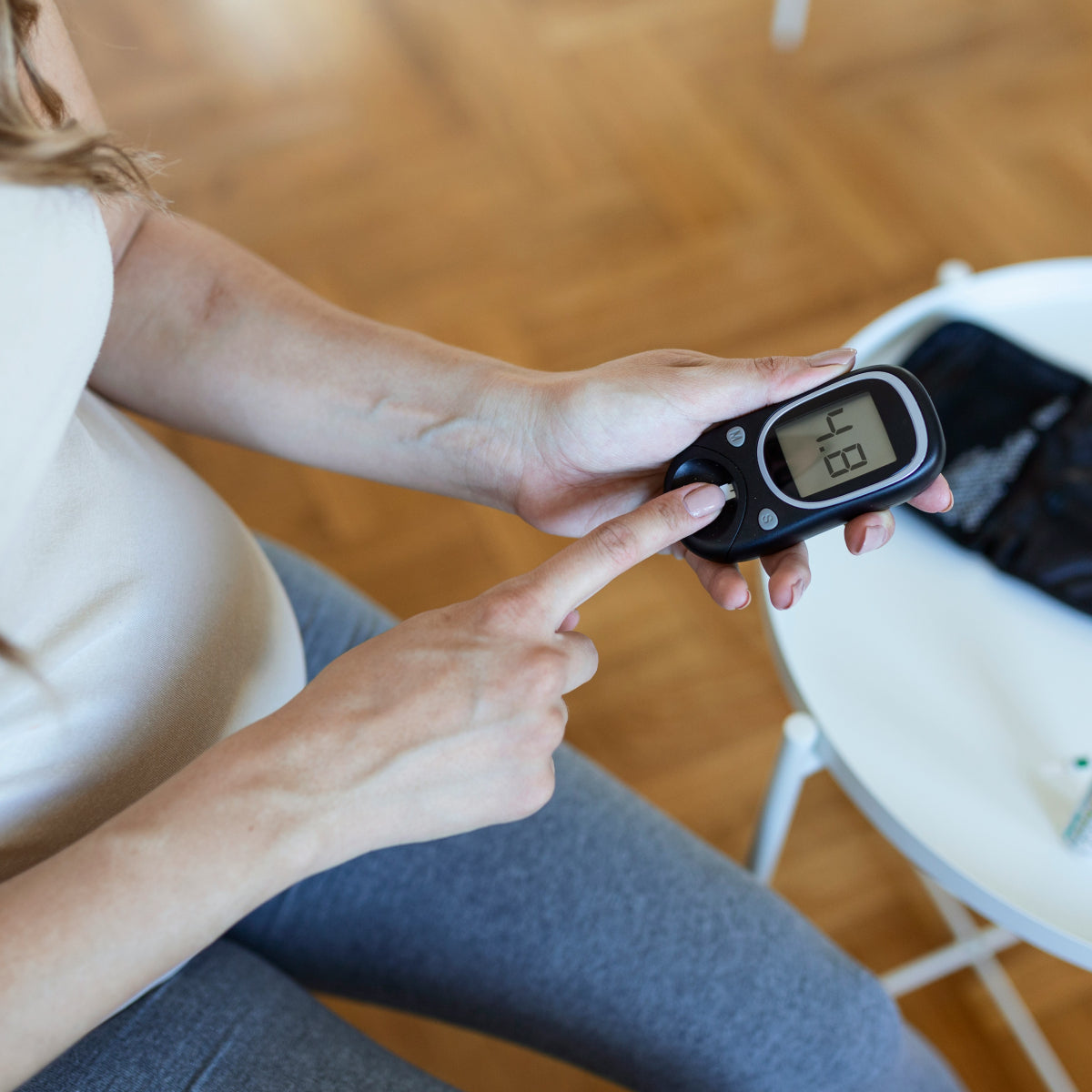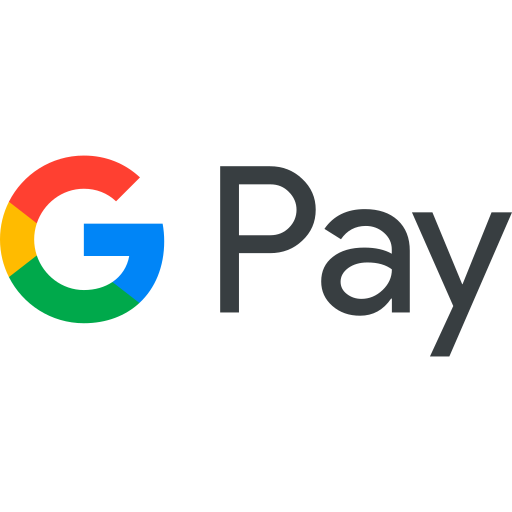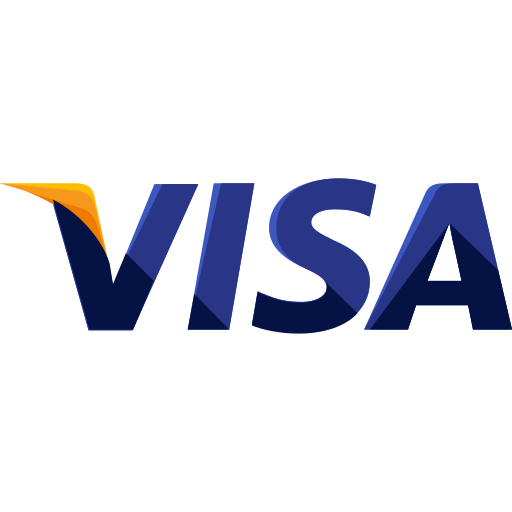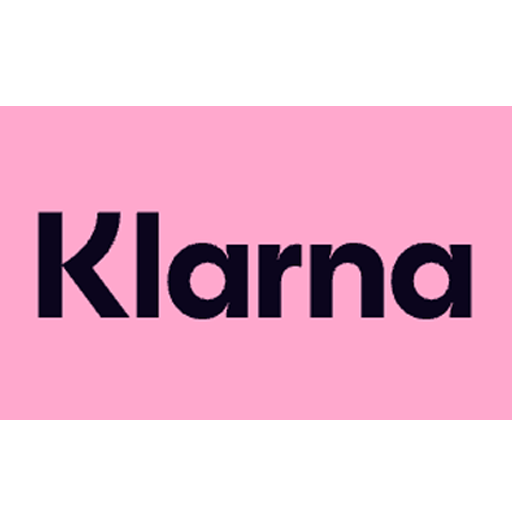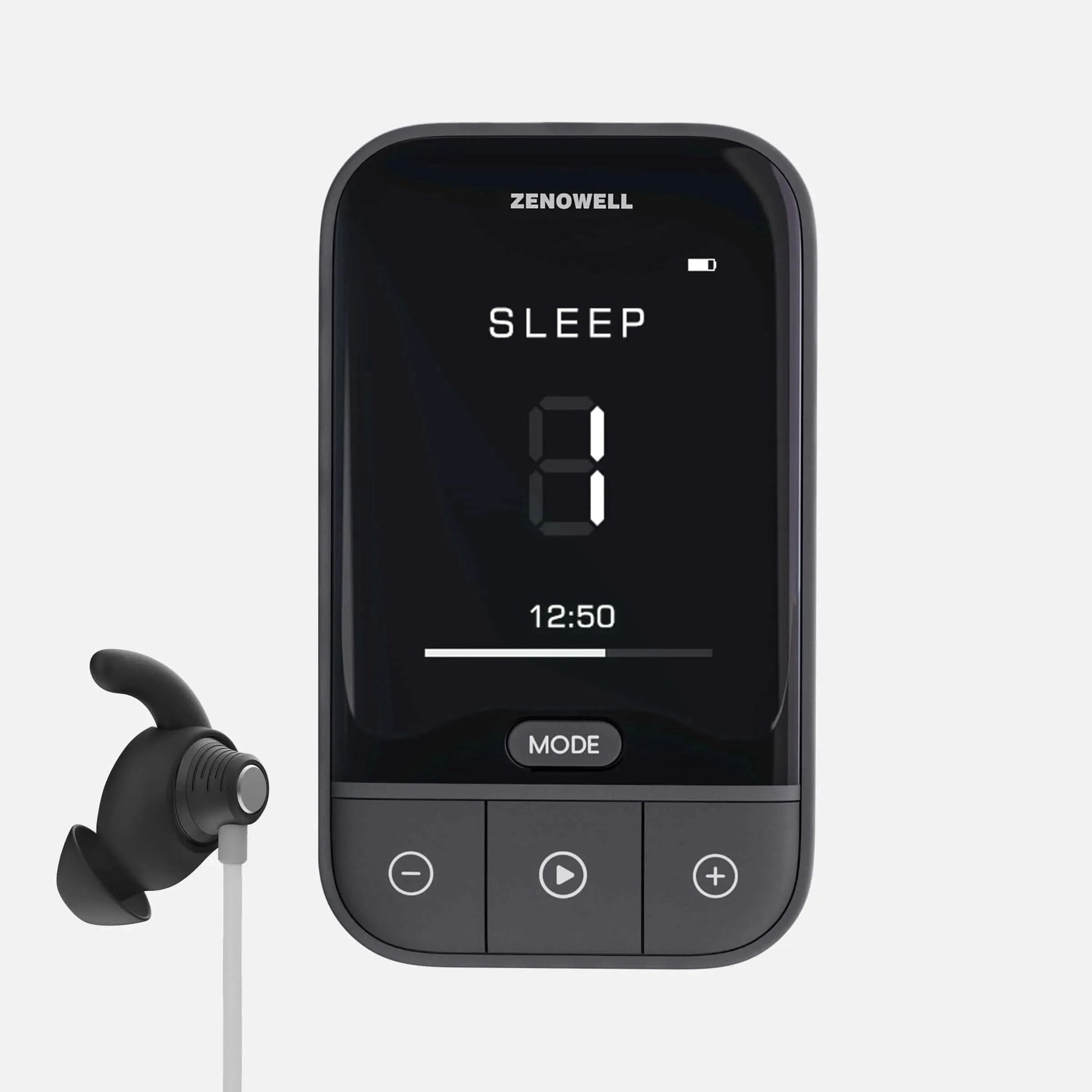How taVNS is revolutionizing postpartum recovery after cesarean delivery
The Hidden Challenge of Postpartum Recovery
For mothers who undergo cesarean delivery, the postpartum recovery journey is often more challenging than anticipated. Beyond managing surgical incision pain, they must contend with a frequently overlooked yet intensely uncomfortable experience: postpartum contraction pain (afterpains). This intermittent, cramping pain caused by uterine contractions not only impedes physical recovery but can also become a catalyst for postpartum anxiety, depression, and breastfeeding difficulties.
Traditional postpartum pain management approaches face a frustrating dilemma: opioid medications may compromise breastfeeding safety and maternal alertness, while non-steroidal anti-inflammatory drugs offer limited efficacy and potential gastrointestinal side effects. More critically, pharmacological pain relief addresses only the symptom of pain itself, failing to simultaneously tackle the interconnected challenges of emotional fluctuations, sleep disturbances, and delayed recovery that postpartum mothers commonly face.
Against this backdrop, recent advances in neuroscience technology have brought us a groundbreaking solution. A pioneering clinical study recently published in JAMA Network Open demonstrates that transcutaneous auricular Vagus Nerve Stimulation (taVNS)—a non-invasive neuromodulation technique—may fundamentally transform how we approach postpartum pain and recovery challenges.
Understanding the Complexity of Postpartum Pain
Postpartum contraction pain is far from a simple "discomfort." Physiologically, it represents a multi-mechanistic visceral pain, with signals transmitted through multiple spinal segments. Mothers recovering from cesarean delivery face a "double hit": somatic pain from the surgical incision combined with visceral pain from uterine contractions.
Notably, a bidirectional relationship exists between pain experience and emotional state. Pain exacerbates anxiety and depression, while negative emotions amplify pain perception through central sensitization mechanisms, creating a vicious cycle. This cycle not only affects maternal physical and mental health but may also indirectly impact early infant development by interfering with mother-infant bonding and breastfeeding success.
Why taVNS Offers Unique Value for Postpartum Recovery
The distinctive value of taVNS in postpartum recovery stems from its multi-target, multi-mechanism approach:
1. Pain Modulation Mechanism
By activating the vagus nerve-nucleus tractus solitarius-forebrain pathway, taVNS enhances descending pain inhibitory pathways while reducing local inflammatory mediator release through the cholinergic anti-inflammatory pathway. This dual-channel approach addresses pain from both peripheral and central perspectives.
2. Emotional Balance Mechanism
taVNS modulates prefrontal-limbic system functional connectivity, increases noradrenergic and serotonergic neurotransmission, and directly improves anxiety and depressive symptoms.
3. Autonomic Nervous System Regulation
It restores sympathetic-parasympathetic balance, ameliorates autonomic dysfunction caused by surgical stress and pain, and promotes physiological recovery.
This multidimensional mechanism enables taVNS to simultaneously address multiple postpartum recovery challenges rather than targeting a single symptom.
Landmark Clinical Evidence
Study Design: This randomized controlled trial enrolled 156 women undergoing elective cesarean delivery. Participants were randomly assigned to two groups:
1) Active stimulation group: Received genuine taVNS treatment
2) Sham stimulation group: Received sham stimulation with identical-appearing devices but no effective current output
All participants received three 30-minute stimulation sessions during the first three postpartum days. Researchers conducted comprehensive assessments of contraction pain, incision pain, anxiety and depression, sleep quality, and overall recovery at postpartum day 3 and 1 month later.
Breakthrough Results:
1) Pain Control: The active taVNS group showed significantly reduced incidence of moderate-to-severe contraction pain on postpartum day 3 (5.1% vs 28.2%).
2) Incision pain scores were also markedly improved: Pain relief was cumulative and progressive, with effects becoming more pronounced with each treatment session.
3) Emotional and Sleep Improvements: The taVNS group demonstrated significantly better scores for anxiety and depression compared to controls. Sleep quality and overall recovery quality ratings were notably higher.
Safety Profile:
1) Only a few participants reported mild, transient ear tingling sensations
2) No serious adverse events occurred
3) Completely safe for breastfeeding without any impact on milk quality
The value of this research extends beyond demonstrating taVNS efficacy—it directly addresses the fundamental concerns of postpartum mothers:
Non-pharmacological intervention completely eliminates risks of drug secretion in breast milk, allowing mothers to breastfeed with confidence.
A Paradigm Shift in Postpartum Care
This research represents a fundamental paradigm shift, ushering postpartum recovery into a new era characterized by multidimensional, proactive, and preventive care:
From "Symptom Relief" to "Comprehensive Recovery": Traditional approaches target only the symptom of pain, while taVNS, through neuromodulation, simultaneously addresses five core challenges: pain, anxiety, depression, sleep disturbances, and functional recovery—truly caring for the "whole person."
From "Passive Reception" to "Active Regulation": Mothers are no longer merely passive recipients of medication but actively mobilize and optimize their nervous system's inherent repair capabilities through non-invasive technology, becoming protagonists in their recovery journey.
From "Pharmacological Treatment" to "Neurotechnology Intervention": taVNS provides a drug-free, non-invasive, purely physical solution without concerns about sedation or breastfeeding safety. This marks the official transition of postpartum recovery management from the pharmacological era to the precision neurotechnology era.
The Future of Postpartum Recovery
The success of taVNS demonstrates an exciting possibility: we can finally address multiple interconnected physiological and psychological challenges faced by postpartum mothers in a safe, elegant manner, breaking the vicious cycle of "pain-anxiety-poor sleep."
As neuromodulation technology continues to advance and clinical evidence accumulates, we have every reason to anticipate that neuroscience-based interventions will become standard components of postpartum care in the near future. These approaches will be integrated into hospital clinical pathways, with home-use devices potentially developed to provide continued support after discharge.
This will help every mother embark on their parenting journey with greater energy, emotional stability, and better physical and mental health, truly achieving an upgrade from "survival" to "renewal" in recovery philosophy.
Beyond Pain Relief to Complete Renewal
The ultimate goal of postpartum recovery extends beyond achieving a pain-free state—it encompasses holistic renewal and empowerment of body and mind. taVNS represents not just a new pain management tool, but a comprehensive approach that honors the complexity of postpartum recovery and the multifaceted needs of new mothers.
By harnessing the power of neuroscience, we're moving toward a future where postpartum care is truly personalized, safe, effective, and empowering—helping mothers not just survive, but thrive during this transformative life phase.
Reference:
Xiong X, Tao M, Zhao W, et al. Transcutaneous Auricular Vagus Nerve Stimulation for Postpartum Contraction Pain During Elective Cesarean Delivery: A Randomized Clinical Trial. JAMA Netw Open. 2025;8(8):e2529127.
This blog post is for informational purposes only and does not constitute medical advice. Always consult with healthcare professionals regarding postpartum care decisions.




